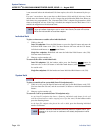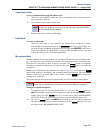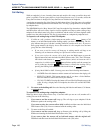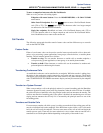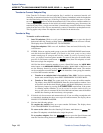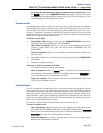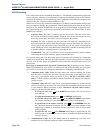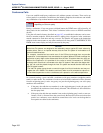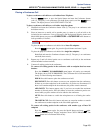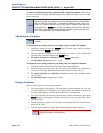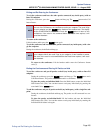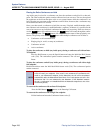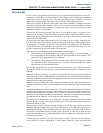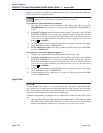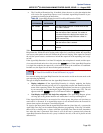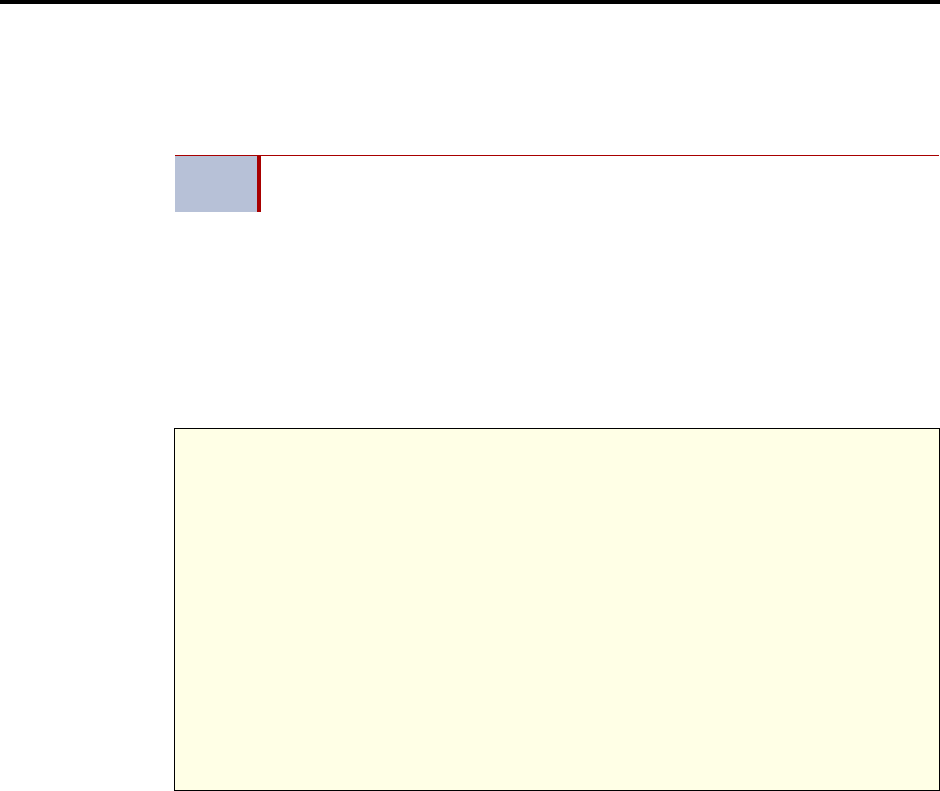
System Features
INTER-TEL
®
CS-5200/5400 ADMINISTRATOR GUIDE, ISSUE 1.1 – August 2005
Page 202 Conference Calls
Conference Calls
Users can establish multi-party conference calls without operator assistance. There can be up
to four parties in a conference. In addition to the initiating endpoint, the conference can include
any combination of up to three intercom and/or outside calls.
During a conference, if any user presses a dialpad button, the DTMF tones will be heard by all
other parties in the conference. This allows conference callers access to DTMF-controlled
devices.
Using the call transfer feature described on page 197, an established conference can be trans-
ferred to another endpoint. While the transfer is taking place, the parties in the conference
remain connected to each other and may converse. The transfer will appear at the destination
endpoint in the same manner as any other transferred call along with a CONFERENCE TFR
FROM <user name> display and may be answered by the party.
In a network setting, a user can build a conference with party members (endpoints and/or
trunks) on other nodes. The conference circuits used to build the conference will be allocated
from the originating party’s node. Any party, not just the originating party, can add a party
member to the conference.
• If the party who adds the new member is on the originating party’s node, the party will
be added to the conference circuit already allocated. This conference is still restricted to
the four party limit.
• If the party who adds the new member is not on the originating party’s node, a new con-
ference circuit is allocated from the second node. Because this allows more than four
parties in a conference, users should be warned that voice levels can be degraded as
more parties are added to the conference.
NOTE
During a conference call, some reduction in voice volume may be noticed,
depending on CO trunk quality.
NOTICE
While Inter-Tel systems are designed to be reasonably secure against CO trunk misuse by
outside callers, there is no implied warranty that the Inter-Tel system is invulnerable to all
forms of unauthorized use.
For example, unauthorized use could occur if the CO/local exchange does not provide
“supervision” on the telephone lines connected to the system. Without CO/local exchange line
supervision a party might not be disconnected from the Inter-Tel system when they hang up.
Without line supervision it is possible for the caller to remain connected to a CO/local
exchange trunk circuit that is connected to the Inter-Tel system. If the caller then begins dial-
ing, the call could be placed through the Inter-Tel system and would then be billed to the
Inter-Tel system's owner.
The Inter-Tel system cannot check or control this type of call for toll restriction and may not
register the call in SMDR. This situation could occur when a call is connected to a phone on
a line without supervision or when a conference call is placed on a line without supervision.



